Research on LED display devices: basic concepts
- author:
- 2024-09-03 15:54:52
There is a lot of information about LED screen design on the Internet, but we believe that this information is not always presented as a whole, which brings inconvenience to readers. In order to correct this situation, we have prepared several articles and divided them as follows: In this material, you will be familiar with the basic concepts used, understand the components of LED screens in the article"LEDmodules and boxes", understand the components of LED screens in the article" LED modules and boxes", and understand the components of LED screens in the article LED modules and boxes. The" components ofLED screens in the article LED modules and boxes""" have management types respectively.
What is an LED display
LED displays(also known asLED screens, video screens, LED panels, etc.) are high-tech products based on LEDs, containing a large number of components and complex working principles. The LEDs form pixels, the pixels are built into the module, the module is placed in the cabinet, and the LED screen is made of the cabinet.
what is LED
A light emittingdiode (LED) is a semiconductor device that emits light when current passes through it. LEDs do not contain filaments like ordinary light bulbs, nor do they have fragile parts that are easily damaged or burned, so they can last for a long time. Depending on the type of semiconductor crystal used, the color of the LED depends on: red, white, green, etc. If the chemical composition of the crystal is slightly changed, the color produced will change. The housing (body) of the LED is usually painted so that you can determine its color without turning on the LED.
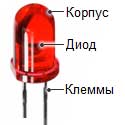
LEDs are the smallest element in size, but they are of low importance. In many ways, its cost determines the cost of the LED screen itself. LED models with higher quality have been proven to cost several times more than similar products with similar technical characteristics. Today, Japanese manufacturer Nichia's models are considered the highest quality; American-made Cree LEDs have a slightly lower rating. Secondly, Samsung and Jingdian (Taiwan)-their prices are roughly the same, while China's Abison, Silan Multicolor, etc. are even lower. Nowadays, in the production of LED screens, the most commonly used LED is China Silan LED. They are relatively affordable and have a long service life.
Standard LEDs are rated for a continuous use time of 100,000 hours (more than 11 years) and their life cycle is not affected by the number of on/off cycles, which are numerous. The brightness of an LED is called pulse width modulation technology, and it is adjusted as follows: voltage is not supplied to the LED constantly but alternately. And the power-on time is determined based on the required brightness, that is, if half the brightness is required, a voltage at half the refresh frequency is applied.
What is the refresh rate?
Refresh ratesare the number of times (in Hz) a frame is updated over a certain period of time. For example, if a computer monitor has a refresh rate of 100 Hz, this means that the image is updated 100 times in 1 second. This indicator is very important because the quality of the image depends largely on it. If the refresh frequency is not enough, the image will jump-flicker, which can be explained by the way people visually perceive the light source. If the flashes occur quickly, then the sum of the flashes will occur and the light will be perceived as continuously burning. Today, the refresh rate of LED screens is at least 600 Hz, which is enough in most cases.
LEDs are the true unsung heroes in the electronics world. They perform dozens of different jobs and are present in all types of devices. In addition, they generate numbers on the digital clock and tell us when the device is turned on. Basically, LEDs are just tiny light bulbs that can be easily installed into a circuit. One or more LEDs are combined to form a pixel.
What are the pixels in an LED display?
A pixelis a light point and is the smallest unit of an image. To create the various colors that pixels transmit, only three different colors of LEDs are usually used: red, green and blue (denoted R, G and B respectively). In order to create large pixels up to 80 mm in diameter (LED screens for media facades), the number of LEDs needs to be increased, for example: 2R1G1B-that is, 2 reds, 1 green and 1 blue. How many LEDs to use and what color LEDs to use are determined taking into account the best approximation of white balance. Only when the ratio of red, green and blue is 1: 4.6: 0.16 can there be high-quality white. If you deviate from this ratio, there will be a deviation in white, for example: blue-white or yellow-green.
LED screen resolution
LED display resolutionrefers to the number of pixels per 1 square meter of LED display. The best resolution for a 4m wide screen. and 3m high. Consider a resolution of at least 256x192, i.e. 256 pixels horizontally and 192 pixels vertically. This value is achieved with a pixel spacing of 15.6 mm.
Pixel spacing of LED screens
Pixel spacingis the distance from the center point of one pixel to the center point of an adjacent pixel. Therefore, the larger the step size, the lower the screen resolution. The pixel spacing is represented by the Latin letter P, for example, P6-represents an LED screen with a pixel spacing of 6 mm.
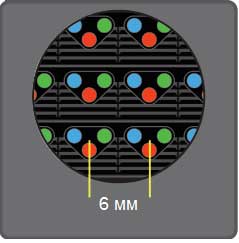
Consider the design of LED screens: The choice of pixel spacing when purchasing is very important: reducing the spacing by a few millimeters can significantly increase the density of the LEDs, thereby improving the resolution of the screen. You can estimate the required pixel spacing as follows: It is proportional to the recommended viewing distance, i.e., the pixel spacing on the screen is 10 mm. It is recommended to view at a distance of 10 meters, for screens with pixel spacing of 16 mm-16 meters, and for screens with 25 mm-25 meters. If the distance is small, the viewer will be able to distinguish between individual pixels; if the distance is large, vice versa, small details will not be visible. Therefore, in order to determine pixel spacing, it is necessary to understand the distance from the LED screen to most viewers.
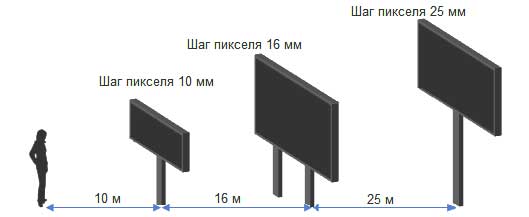
pixel configuration
There are many ways to combine LEDs into pixels, calledpixel configurations. Today, two main types are used: DIP and SMD. 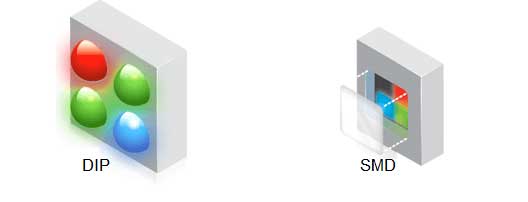
Dialing code configuration
The principle of DIP configurationis to implant each diode into the circuit board in its own package. Since a single pixel is composed of multiple LEDs, the reliability and overall brightness level of the screen are improved. 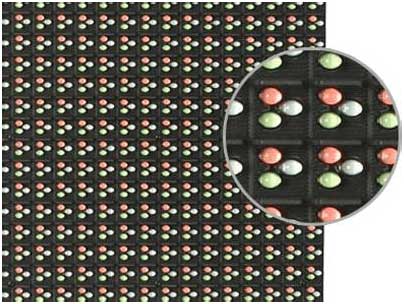
DIP
TAG:
Guess you want to see it
Popular information
-
Research on LED display devices: basic concepts

-
How to view DIP,MSD,GOB,COB and other LED display technologies
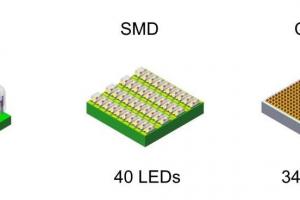
-
LED display: type, design characteristics, how to choose an LED display
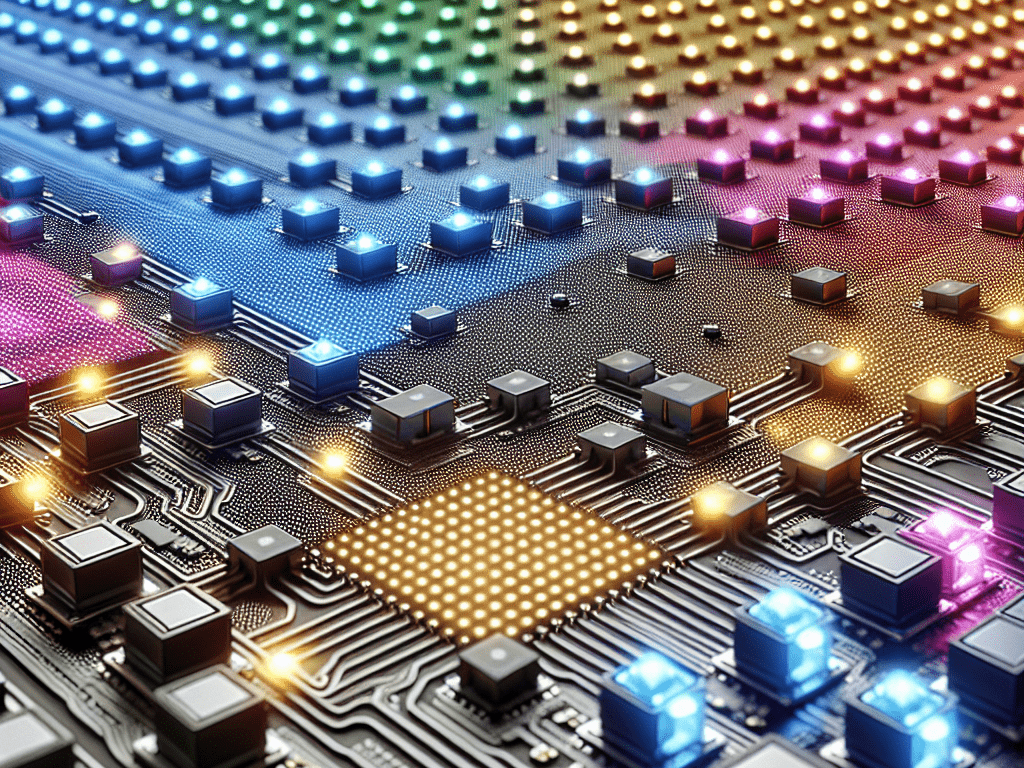
-
Introduction to outdoor naked-eye 3Dled display knowledge

-
How to choose the right LED display for you? The subtlety lies in the details
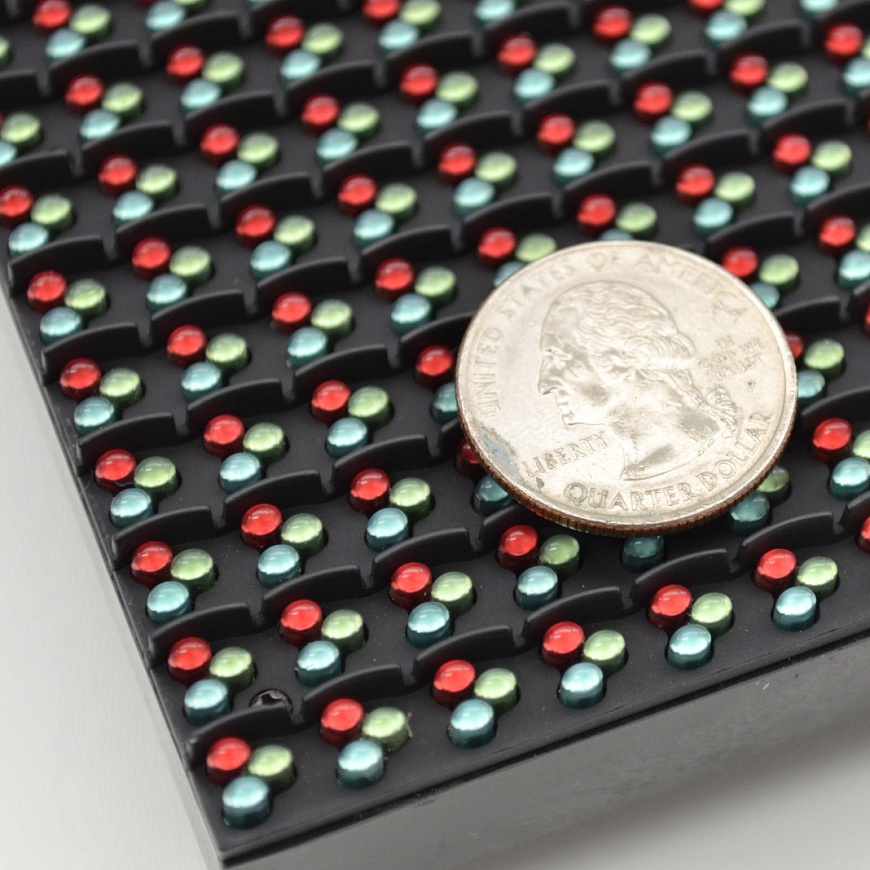
the charts
- Introduction to outdoor naked-eye 3Dled display knowledge
- Research on LED display devices: basic concepts
- LED display: type, design characteristics, how to choose an LED display
- How to view DIP,MSD,GOB,COB and other LED display technologies
- How to choose the right LED display for you? The subtlety lies in the details